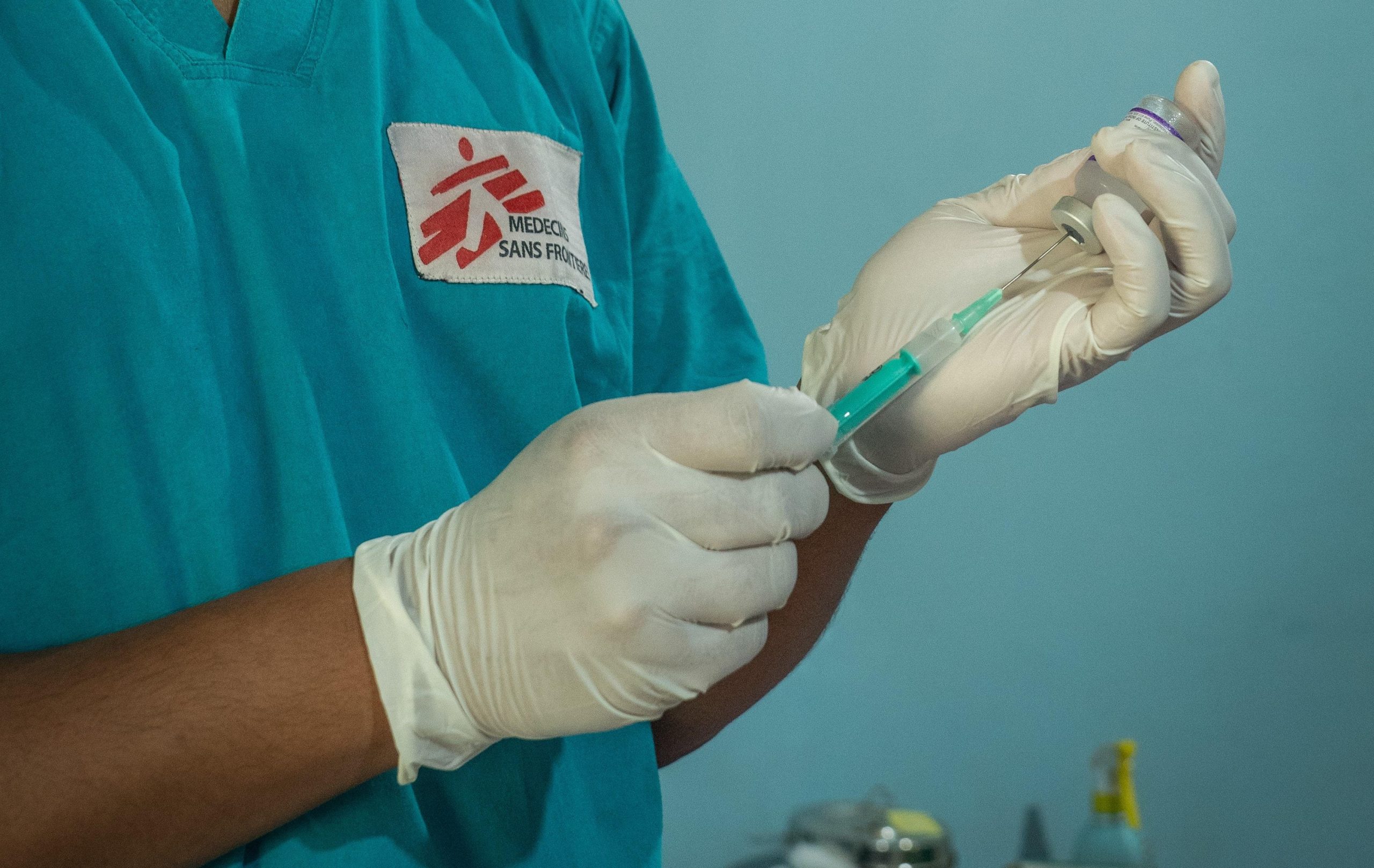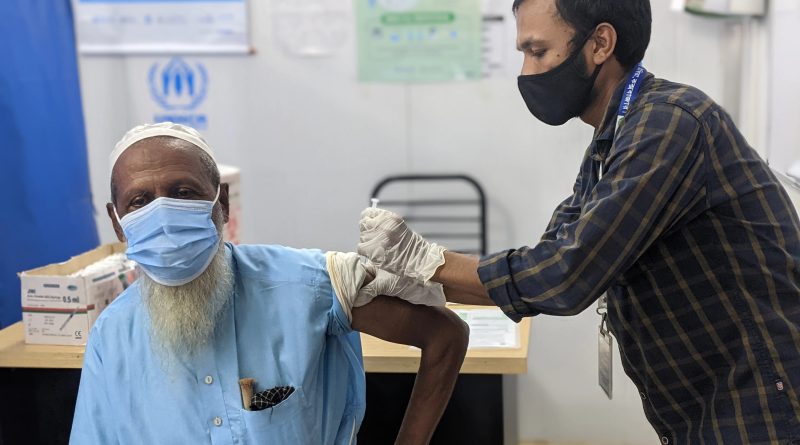Battling Viral Hepatitis in Rohingya Camps
In the Cox’s Bazar camps of Bangladesh, home to nearly a million Rohingyas, the World Health Organization (WHO) is intensifying efforts to expand screening, testing, and treatment for viral Hepatitis B and C. These efforts are crucial given the heightened health risks exacerbated by living conditions and limited humanitarian aid responses.
Chronic infections of Hepatitis B and Hepatitis C can lead to severe outcomes such as liver cirrhosis and cancer. The transmission risk from infected mothers to infants during pregnancy and childbirth poses a significant threat to infant health without adequate prevention and treatment.
Since the influx of Rohingyas in 2017, WHO and health partners have collaborated with the Government of Bangladesh to establish essential health services tailored to the urgent needs of this vulnerable population.
Recent studies, including one by Médecins Sans Frontières in 2023, have revealed a high prevalence of hepatitis C among Rohingyas, ranging from 13.2% to 19.6%. Approximately 20% of adults were found to have active Hepatitis C infection in the most recent study.

To ensure early detection and timely treatment, WHO, in collaboration with the Government of Bangladesh, partner agencies, international non-governmental organisations, and health experts, launched a comprehensive Hepatitis C surveillance programme on 6 March 2024. This initiative integrates systematic screening and treatment for all adults, with a particular focus on pregnant women.
- Between April 26 and May 26, 2024, WHO surveillance systems screened 4,486 individuals using rapid diagnostic tests (RDT) for hepatitis B and C, revealing:
- 3.7% tested positive for Hepatitis B
- 37% tested positive for Hepatitis C, with 73.8% requiring immediate treatment for active infection
- 1.5% tested positive for both Hepatitis B and C
- Women accounted for 83% of those screened.
These findings underscore the significant prevalence of Hepatitis C among pregnant women, highlighting the urgent need for interventions to protect maternal and child health.
As part of its surveillance initiative, WHO has equipped over 110 health facilities with testing capabilities for Hepatitis B and C. Positive cases are referred to 18 designated facilities for further investigation and blood sample collection, processed at the WHO-supported IEDCR Field Laboratory in Cox’s Bazar. The coordination of confirmatory testing and treatment is facilitated through these sites, ensuring systematic data collection and patient follow-up via the WHO’s early warning, alert, and response system (EWARS).
To support these efforts, WHO has distributed 15,000 rapid diagnostic test kits each for Hepatitis B and C to the health facilities. An additional 25,000 RDT kits for each type are being procured to expand screening capabilities, along with 9,000 confirmatory kits for accurate diagnosis.
For treatment, WHO has provided medications for 900 diagnosed cases of Hepatitis C, with plans to procure additional drugs to treat 3,000 more individuals, including healthcare workers and Hepatitis patients.
To bolster its response, WHO has established a Technical Task Force for Hepatitis, engaging key humanitarian stakeholders to mobilise collective resources for further interventions.
Pending sufficient humanitarian aid, WHO plans to launch a phased mass screening and treatment campaign targeting Rohingyas, including pregnant women, infants, children, and adolescents.
“In the heart of Cox’s Bazar, where resilience meets crisis, we stand united against the scourge of viral hepatitis. Our commitment is unwavering: testing, treatment, and hope for all. Together, we build health, bridge borders, and enhance public health outcomes,” said Dr. Bardan Jung Rana, WHO Representative to Bangladesh.
The proposed campaign aims to expand from 18 to 51 health sites, ensuring safe testing, sample collection, and transportation to the IEDCR lab for confirmation. WHO has mobilised resources to treat 900 individuals infected with Hepatitis C, but additional resources are required given the disease’s high burden.
Dr. Po-Lin Chan, WHO SEARO Regional Adviser on HIV, Hepatitis, and STIs, stressed the critical need for sustained efforts to combat Hepatitis C in Southeast Asia, particularly among vulnerable populations like Rohingya refugees.
“We urge all partners to join forces in this vital initiative to reduce the burden of hepatitis C in the Rohingya camps and beyond,” added Dr. Jorge Martinez, Head of WHO Cox’s Bazar Sub Office.
While immediate focus remains on testing and treating Hepatitis C, WHO’s comprehensive programme also contributes to long-term cancer prevention. Effective interventions for Hepatitis B and C, including prevention of mother-to-child transmission, aim to reduce new infections, disease progression, and the risk of liver cirrhosis and cancer. Hepatitis C can be cured with a three-month course of highly effective direct-acting antiviral medicines, while Hepatitis B can be managed effectively with medications. Hepatitis B vaccination remains a proven and effective measure to prevent new infections.

